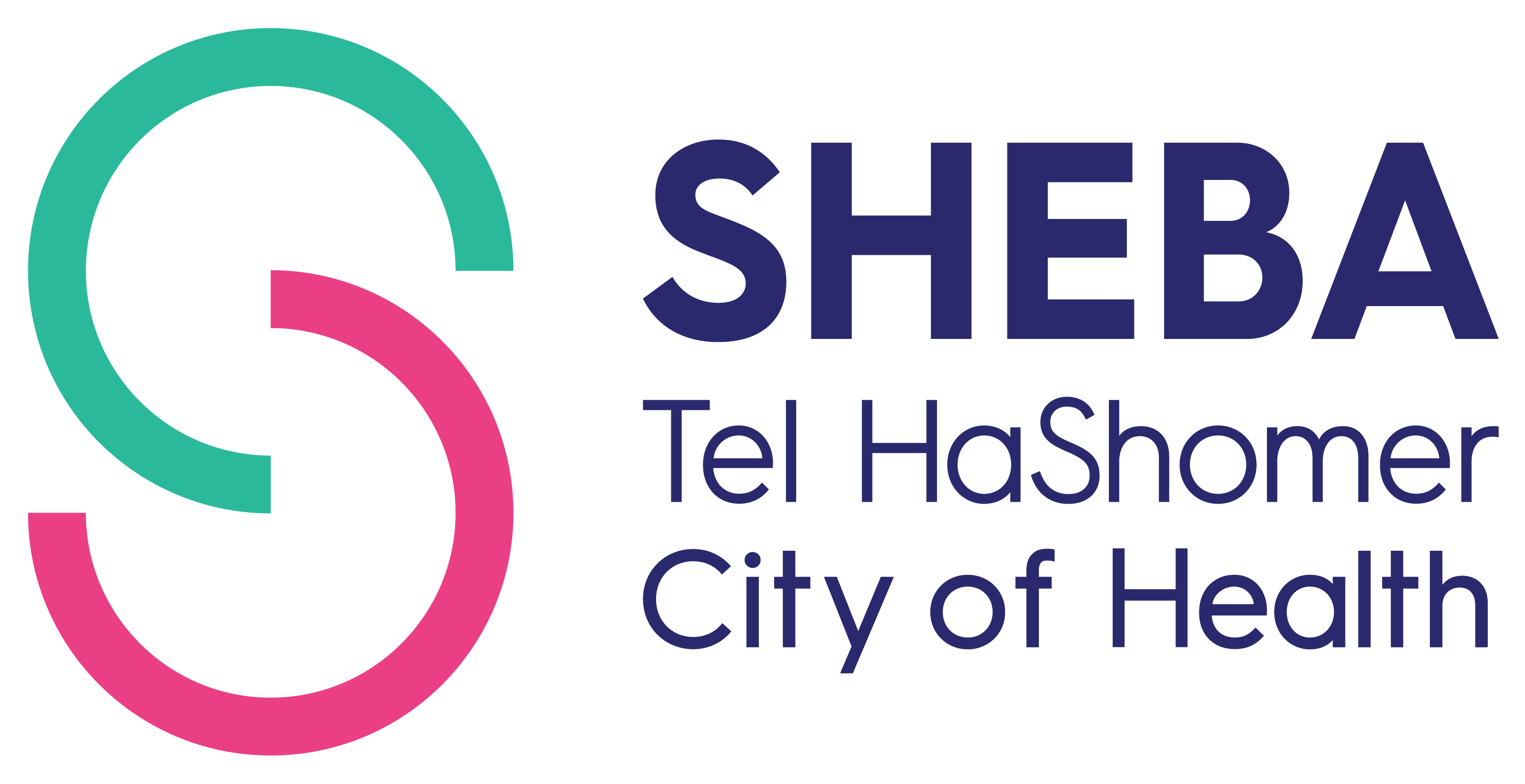Sarah Ferber of Sheba: Liver cells could be reprogrammed as insulin factories
July 10, 2009 by Andy Coghlan, New Scientist Magazine
Sarah Ferber of Sheba in Israel shows that potentially, patients with diabetes can be donors of their own therapeutic tissue
A ONE-OFF treatment for diabetes is a step closer thanks to a better understanding of how human liver cells can be transformed into something like the beta cells that produce insulin in a healthy pancreas.
The new insights have allowed Sarah Ferber of the Sheba Medical Center in Tel Hashomer, Israel, and colleagues to implant these cells into diabetic monkeys. The ultimate plan is to take liver cells from people with diabetes, reprogram the cells and reinject them. Because they are the patient's own, the cells should escape rejection by the immune system, sparing the individual a lifetime of daily insulin injections. "Potentially, patients can be donors of their own therapeutic tissue," says Ferber.
In 2000, her team discovered that the Pdx-1 gene is crucial for the creation of the pancreas in the embryo.
They went on to infect adult human liver cells with a harmless virus engineered to carry Pdx-1. The virus didn't insert the gene into the cells' DNA, but the liver cells produced Pdx-1 protein, enabling diabetic mice to manufacture insulin after injections of the altered cells.
Now the team has found out more about how Pdx-1 operates, which should eventually help them design a human treatment. By repeating the experiment and analysing the changes in gene expression as liver cells are transformed, the team showed that the gene deactivates a range of genes relevant to the cell's function in the liver, as well as activating unexpressed genes vital for beta cell function. A knowledge of this dual ability, which probably arises from the role Pdx-1 plays in the embryo, where pancreas and liver tissue develop from the same family of cells, will be important in predicting how the cells might act if they are implanted into people.
Ferber is presenting the work on 9 July at an International Society for Stem Cell Research (ISSCR) meeting in Barcelona, Spain.
She also reports that the technique works best in liver cells that are in the process of multiplying. During cell division, chromosomes are exposed, which might make it easier for the Pdx-1 protein to alter their gene expression. Ferber has identified liver regions where dividing cells are more common, which should make reprogramming liver cells more efficient. The transformed cells do not seem to provoke the immune system.
Ferber's team is also looking for the best place for a transplant. Leading candidates, she says, are the liver and the omentum, the sac lining the abdomen.
Jonathan Slack of the University of Minnesota, Minneapolis, who has previously used Pdx-1 to turn frog liver tissue into beta cells, doubts whether Ferber's liver cells are completely changed into beta cells. "Rather, it may be the induction of some beta cell genes in liver cells," he suggests. But he points out that this could still have therapeutic value.
Last year, Doug Melton of Harvard University and colleagues reported that they had transformed a different type of specialist pancreatic cell into beta cells. Ferber says liver cells may be more practical because they are more abundant, easier to replace and more accessible.
Meanwhile, Harry Heimberg of the Vrije University of Brussels in Belgium reports at the ISSCR meeting that he is close to identifying elusive pancreatic stem cells in adult mice. If the same cells exist in humans, they might be activated to regenerate beta cells.









